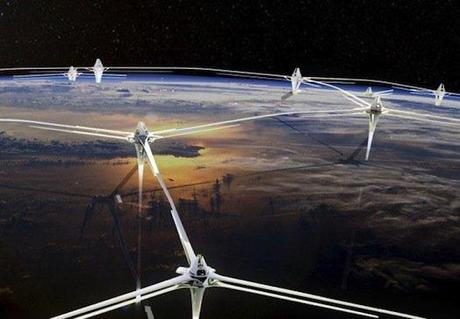
eVolo Magazine, an architecture and design journal with a futuristic focus, has announced the winners of its 2013 Skyscraper Competition, where architects imagine what the skyscrapers of tomorrow will look like.
The award was established in 2006 to recognize outstanding ideas for vertical living. These ideas, through the novel use of technology, materials, programs, aesthetics, and spatial organizations, challenge the way we understand vertical architecture and its relationship with the natural and built environments.
The first place was awarded to Derek Pirozzi from the United States, for his project “Polar Umbrella”. The proposal is a buoyant skyscraper that rebuilds the arctic ice caps by reducing the surface’s heat gain and freezing ocean water. In addition, the super-structure is equipped with a desalinization plant and solar powered research facilities and eco-tourist attractions.
The recipients of the second place are Darius Maïkoff and Elodie Godo from France, for their “Phobia Skyscraper”. The project seeks to revitalize an abandoned industrial area of Paris, France, through an ingenious system of prefabricated housing units. Its modularity allows for a differentiation of various programs and evolution in time.
The third place was awarded to Ting Xu and Yiming Chen from China, for their project “Light Park”, a floating skyscraper that takes new development within large cities to the sky. The project allows for a continuous growth of the world’s mega-cities by providing adequate infrastructure, housing, commercial, and recreational areas.
The honorable mentions include several projects that explore a sustainable urban future including a pH conditioner skyscraper that resembles a jellyfish and purifies polluted air or a volcano skyscraper that harvests geothermal energy. Some projects explore new frontiers such as a proposed network of skyscrapers in the stratosphere, a cluster of artificial islands that create the 7th continent in the Pacific Ocean, and nomad skyscrapers that terraform Mars. Other honorable mentions include morphing structures and digital explorations among many more ideas that look into the future of our natural and built environments.















